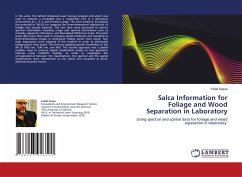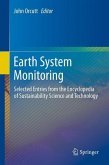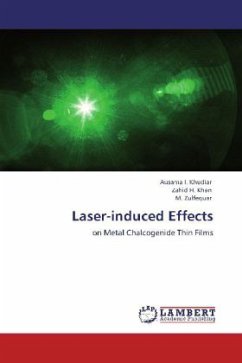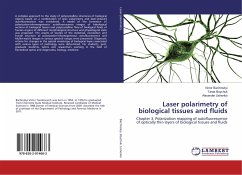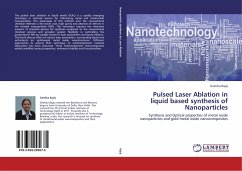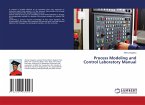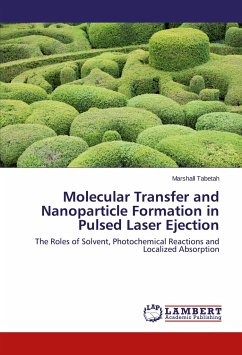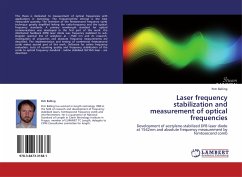In this work, the Salford Advanced Laser Canopy Analyser instrument was used to measure a broadleaf and a needle-leaf tree in a laboratory environment at 1, 3, 5, and 8 meters range. The work aimed to investigate the potential of SALCA for mapping the three-dimensional distribution of foliage and woody materials. The raw data were processed to extract spectral information including range and spectral information such as intensity, apparent reflectance, and Normalised Difference Index. The point cloud data were then used to compute spatial attributes and visualized as three-dimensional images to distinguish foliage points from wood. Two main approaches were adopted in this research in order to distinguish foliage points from wood. The first was applying specific thresholds on the AR of 1063 nm, 1545 nm, and NDI. The second approach was a spatial classifier used to produce spatial classification based on tree geometric features using CANUPO classifier. In order to investigate the correspondence between the classifications, the spectral and the spatial classifications were represented as one matrix and visualized as three-dimensional point-clouds.
Bitte wählen Sie Ihr Anliegen aus.
Rechnungen
Retourenschein anfordern
Bestellstatus
Storno

